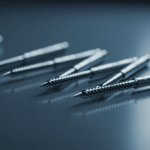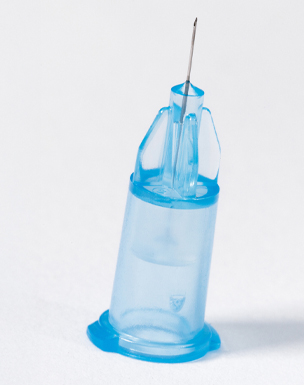Japan’s microengineering heritage and surgical-grade steel craftsmanship are the bedrock upon which Zelostat PRP needles are built. Drawing from decades of metallurgical innovation, modern hypodermic needle manufacturing—especially in Japan—now achieves wall-thickness tolerances measured in micrometers. In traditional steel tube fabrication, Japanese firms use advanced sheet‑metal rolling, welding, and “floating” techniques to create consistent, ultra-thin cannulas with exact inner and outer diameters. This production precision is at the heart of quality needle design today
Zelostat capitalizes on that legacy, employing ultra-thin wall technology to produce 31G through 35G needles with minimal insertion trauma. In PRP therapy—where platelet-rich plasma can be both costly and viscous—a high‑tolerance needle ensures smooth flow, reduced clog risk, and exceptional dosage accuracy. The ultra-low dead space hub chambers minimize medication waste—critical in high-value PRP kits.
Dr. KOSHIMA,
Clinical experience shows that Japanese-crafted needles significantly improve patient comfort and procedural consistency. A national small‑medium enterprise in Japan developed one of the world’s thinnest surgical needles (0.03 mm diameter), enabling microvascular reconnections in regenerative microsurgery . That same ethos of meticulous craftsmanship informs Zelostat’s approach: every needle is manufactured in Japan under ISO 13485/CE‑certified processes, with continuous Kaizen improvements and rigorous QC control systems .
https://www.japan.go.jp/tomodachi/2020/summer2020/vibrant_sme.html
When paired with PRP injectables, Zelostat needles deliver precise platelet dosing, smoother aspiration and injection cycles, and reduced bruising and pain for patients. As regenerative medicine advances, such precision devices—borne from Japanese microchip‑level engineering—are rapidly becoming the clinical standard.
Keywords: Japanese precision steel, PRP needle technology, ultra-thin wall needles, regenerative medicine, Zelostat needle, precision hypodermic design






